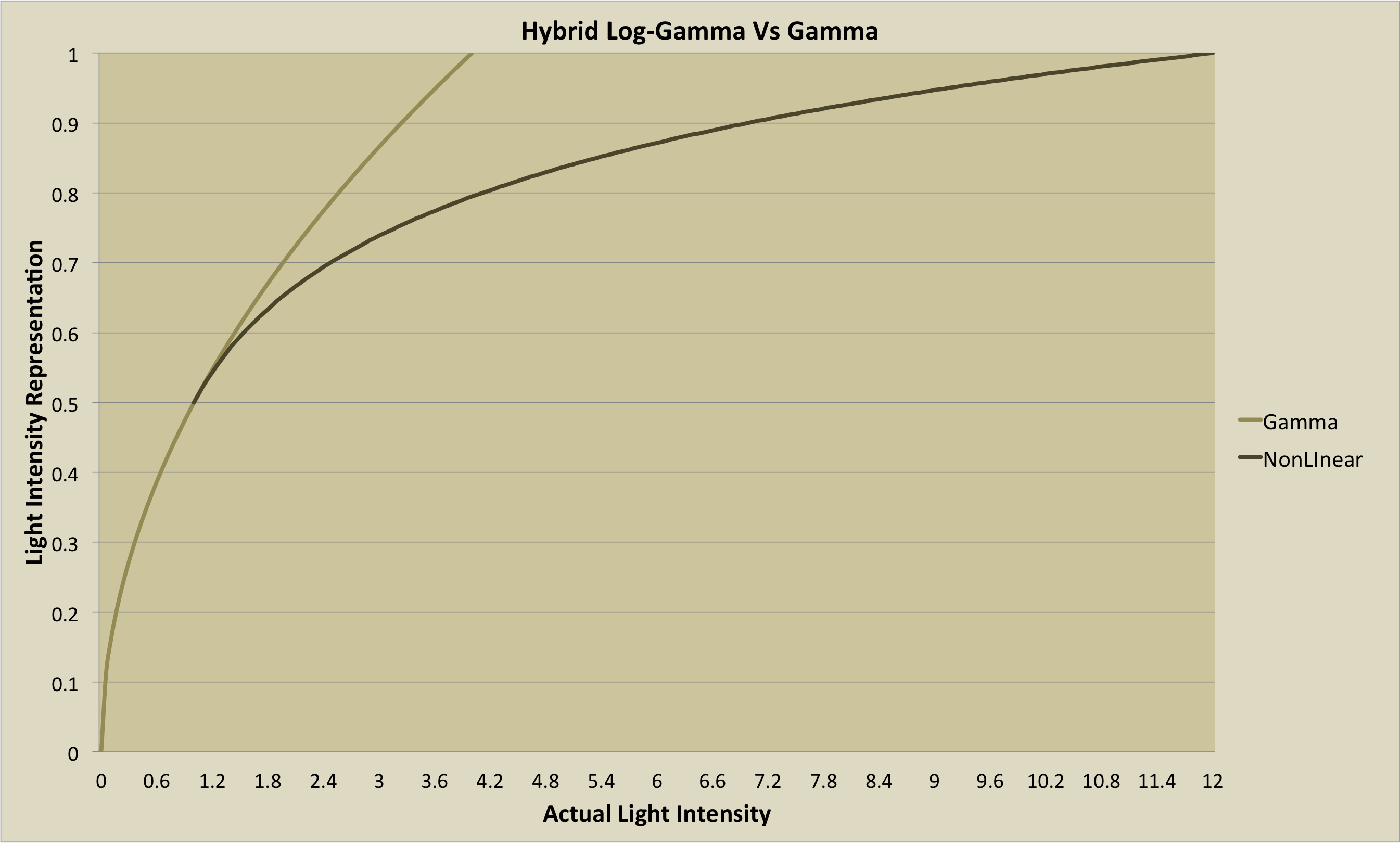Introduction to Multicast ABR (M-ABR) – Where it works and where it totally fails
Last year (2016), Cablelabs published a very interesting document entitled “IP Multicast Adaptive Bit Rate Architecture Technical Report“, describing how to bring together two fundamental and previously incompatible network concepts: Multicast and Adaptive Bitrate delivery, in what it call Multicast ABR (M-ABR). But, does it make sense? If it does, on which use cases it works? Let me spoil the surprise: It does make sense on one single use case. It spectacularly fails elsewhere. To start with, lets have a look at the generic M-ABR architecture:

